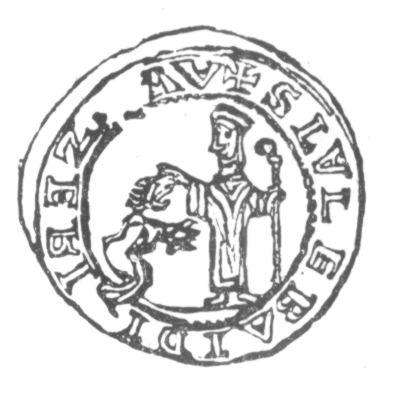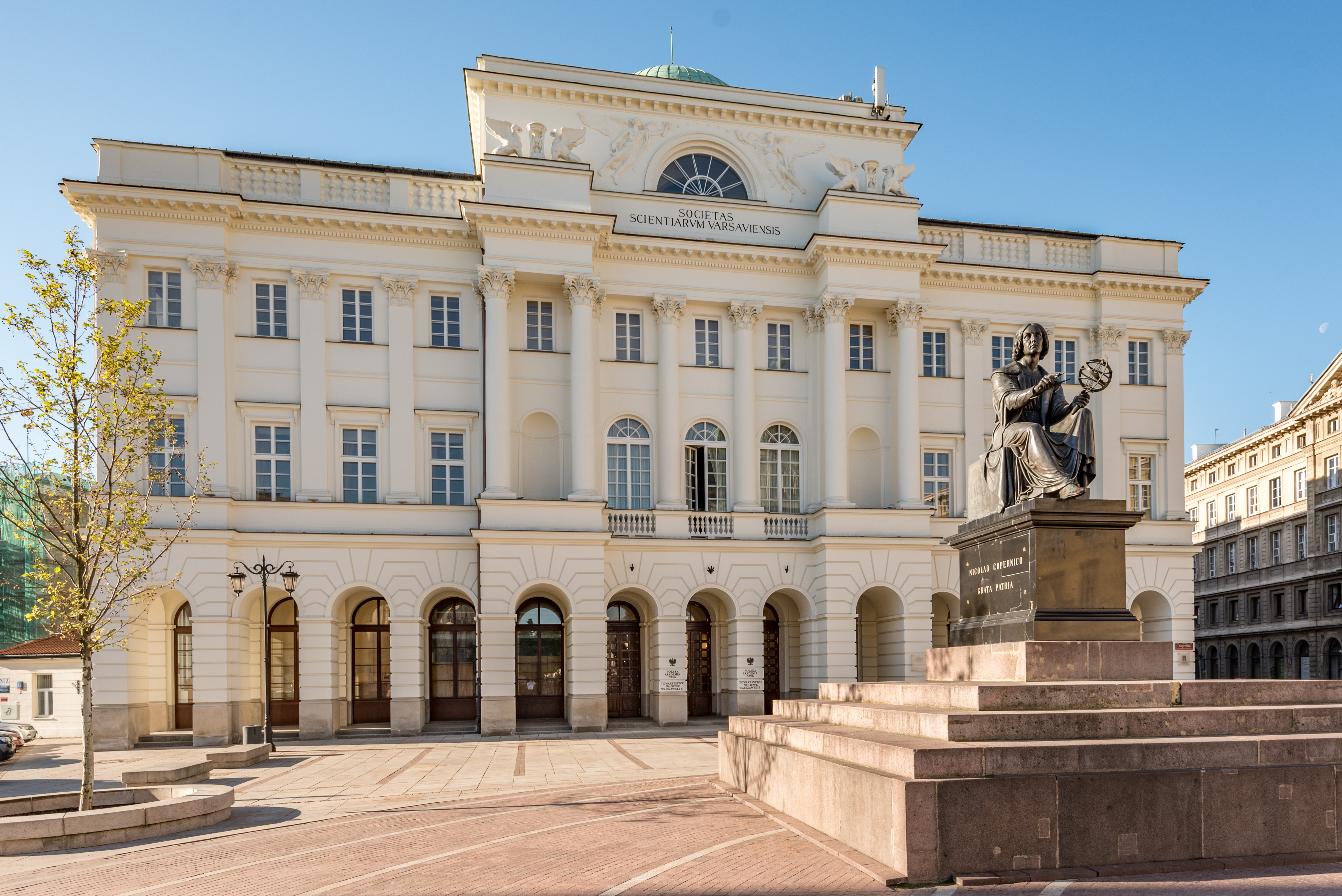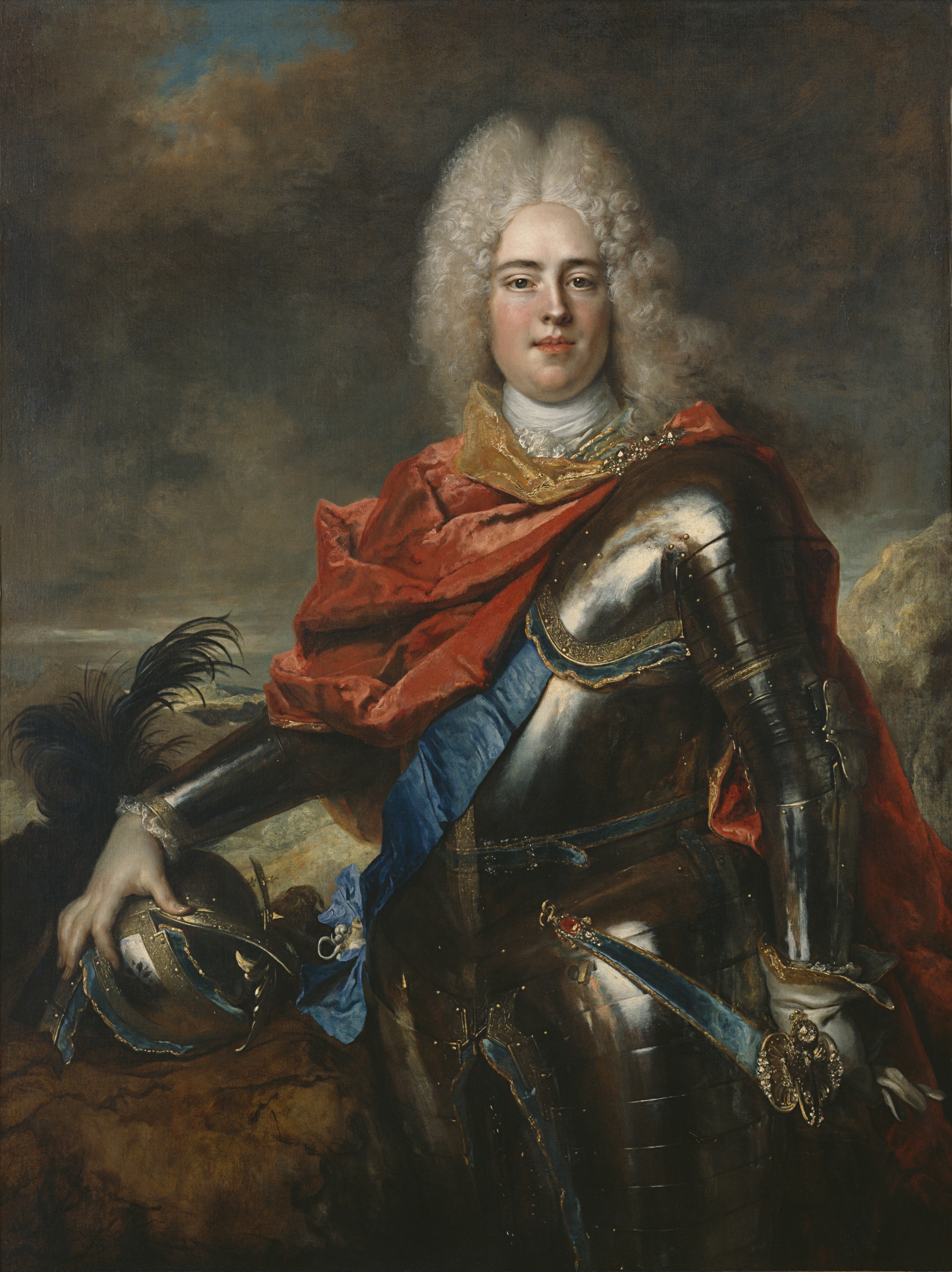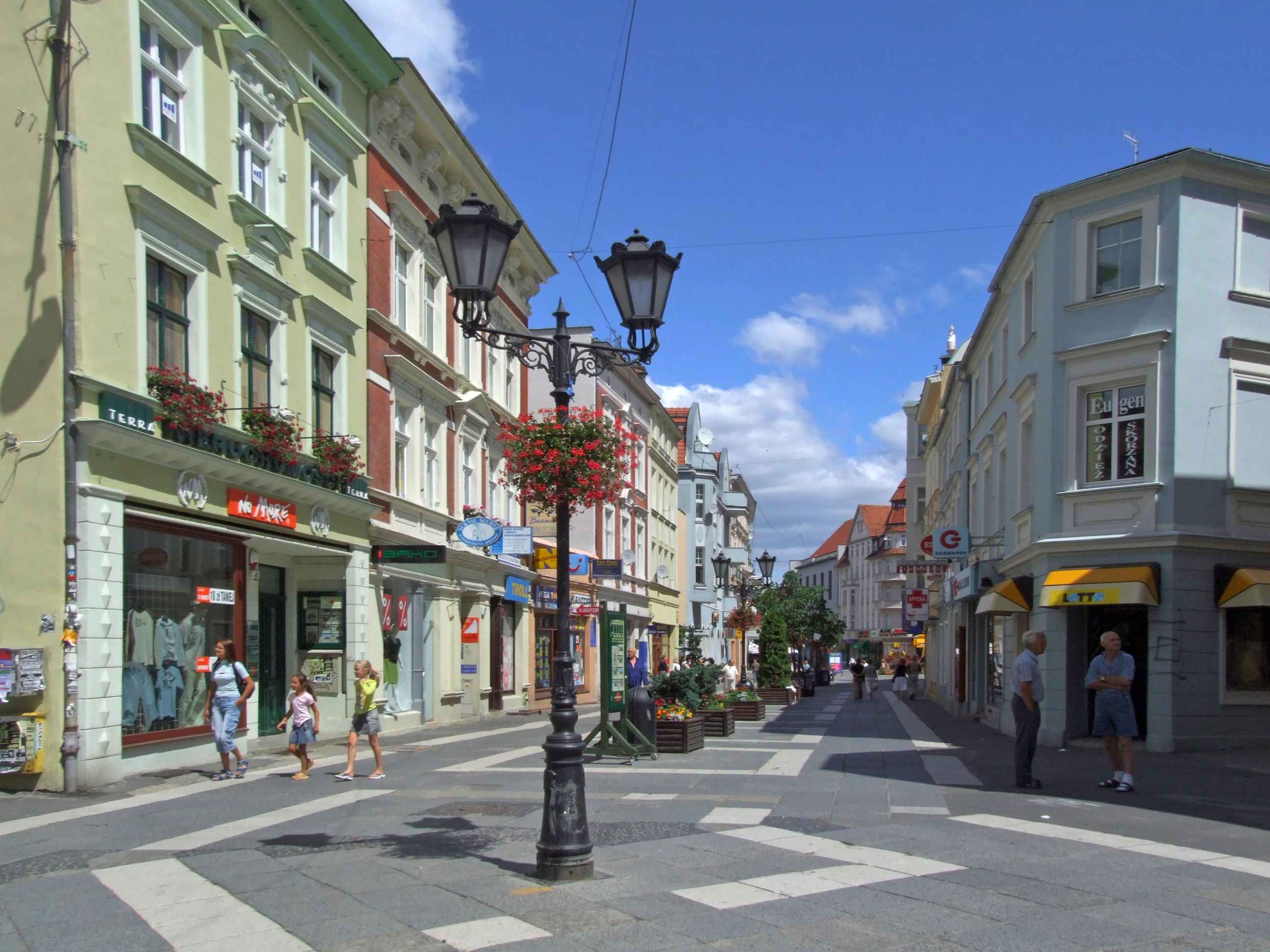|
Nowe Miasteczko
Nowe Miasteczko () is a town in Nowa Sól County, Lubusz Voivodeship, in western Poland, with 2,756 inhabitants (2019). History The area became part of the emerging Polish state in the 10th century, and following the Poland's fragmentation into smaller provincial duchies, it was part of the duchies of Silesia and Głogów. The town was first mentioned in a document of Henry III, Duke of Głogów from 1296, and was granted town rights before that date. In the 18th century, one of two main routes connecting Warsaw and Dresden ran through the town and Kings Augustus II the Strong and Augustus III of Poland traveled that route numerous times. Demographics Notable people *Fritz Lubrich Fritz Lubrich (26 January 1888 – 15 April 1971) was a German organist and composer. Lubrich was born in Neustädtel. His father (1862-1952) was a cantor and hymnologist. Lubrich jr. attended the teacher's seminar in Żagań from 1905 to 1908 a ... (1888–1971), German composer Twin to ... [...More Info...] [...Related Items...] OR: [Wikipedia] [Google] [Baidu] |
Voivodeships Of Poland
A voivodeship (; pl, województwo ; plural: ) is the highest-level administrative division of Poland, corresponding to a province in many other countries. The term has been in use since the 14th century and is commonly translated into English as "province". The Polish local government reforms adopted in 1998, which went into effect on 1 January 1999, created sixteen new voivodeships. These replaced the 49 former voivodeships that had existed from 1 July 1975, and bear a greater resemblance (in territory, but not in name) to the voivodeships that existed between 1950 and 1975. Today's voivodeships are mostly named after historical and geographical regions, while those prior to 1998 generally took their names from the cities on which they were centered. The new units range in area from under (Opole Voivodeship) to over (Masovian Voivodeship), and in population from nearly one million (Opole Voivodeship) to over five million (Masovian Voivodeship). Administrative authority at th ... [...More Info...] [...Related Items...] OR: [Wikipedia] [Google] [Baidu] |
Duchy Of Silesia
The Duchy of Silesia ( pl, Księstwo śląskie, german: Herzogtum Schlesien, cs, Slezské knížectví) with its capital at Wrocław was a medieval duchy located in the historic Silesian region of Poland. Soon after it was formed under the Piast dynasty in 1138, it fragmented into various Silesian duchies. In 1327, the remaining Duchy of Wrocław as well as most other duchies ruled by the Silesian Piasts passed to the Kingdom of Bohemia as Duchies of Silesia. The acquisition was completed when King Casimir III the Great of Poland renounced his rights to Silesia in the 1335 Treaty of Trentschin. Geography During the time of its establishment, the Silesian lands covered the basin of the upper and middle Oder river. In the south the Sudetes mountain range up to the Moravian Gate formed the border with the lands of Bohemia - including Kłodzko Land - and Moravia. After a more than century-long struggle, the boundary had just been determined by an 1137 agreement with the Bohemian ... [...More Info...] [...Related Items...] OR: [Wikipedia] [Google] [Baidu] |
Fritz Lubrich
Fritz Lubrich (26 January 1888 – 15 April 1971) was a German organist and composer. Lubrich was born in Neustädtel. His father (1862-1952) was a cantor and hymnologist. Lubrich jr. attended the teacher's seminar in Żagań from 1905 to 1908 and was appointed in 1907 at the University of Music and Theatre Leipzig, a student of Reger and Straube. At the end of his studies he received the Arthur Nikisch Prize for composition. From 1911 to 1919 Lubrich was a music teacher at the Protestant Teachers' Seminar in Bielsko-Biała, and in 1917 he received the Austrian title of professor. In 1919 Lubrich became chief organist at the . In 1923 he also received the German and Polish professorial titles. In the 1920s, Lubrich became organist at the Church of the Resurrection, Katowice. After the Second World War he went to Hamburg and continued his work as an organist and pedagogue. Among Lubricht students were , Günter Bialas, Gerd Zacher and Kurt Schwaen. Lubricht died in Hamburg a ... [...More Info...] [...Related Items...] OR: [Wikipedia] [Google] [Baidu] |
Polish Academy Of Sciences
The Polish Academy of Sciences ( pl, Polska Akademia Nauk, PAN) is a Polish state-sponsored institution of higher learning. Headquartered in Warsaw, it is responsible for spearheading the development of science across the country by a society of distinguished scholars and a network of research institutes. It was established in 1951, during the early period of the Polish People's Republic following World War II. History The Polish Academy of Sciences is a Polish state-sponsored institution of higher learning, headquartered in Warsaw, that was established by the merger of earlier science societies, including the Polish Academy of Learning (''Polska Akademia Umiejętności'', abbreviated ''PAU''), with its seat in Kraków, and the Warsaw Society of Friends of Learning (Science), which had been founded in the late 18th century. The Polish Academy of Sciences functions as a learned society acting through an elected assembly of leading scholars and research institutions. The Academy h ... [...More Info...] [...Related Items...] OR: [Wikipedia] [Google] [Baidu] |
Augustus III Of Poland
Augustus III ( pl, August III Sas, lt, Augustas III; 17 October 1696 5 October 1763) was King of Poland and Grand Duke of Lithuania from 1733 until 1763, as well as Elector of Saxony in the Holy Roman Empire where he was known as Frederick Augustus II (german: link=no, Friedrich August II). He was the only legitimate son of Augustus II the Strong, and converted to Roman Catholicism in 1712 to secure his candidacy for the Polish throne. In 1719 he married Maria Josepha, daughter of Joseph I, Holy Roman Emperor, and became Elector of Saxony following his father's death in 1733. Augustus was able to gain the support of Charles VI by agreeing to the Pragmatic Sanction of 1713 and also gained recognition from Russian Empress Anna by supporting Russia's claim to the region of Courland. He was elected king of Poland by a small minority on 5 October 1733 and subsequently banished the former Polish king Stanisław I. He was crowned in Kraków on 17 January 1734. Augustus was suppor ... [...More Info...] [...Related Items...] OR: [Wikipedia] [Google] [Baidu] |
Augustus II The Strong
Augustus II; german: August der Starke; lt, Augustas II; in Saxony also known as Frederick Augustus I – Friedrich August I (12 May 16701 February 1733), most commonly known as Augustus the Strong, was Elector of Saxony from 1694 as well as King of Poland and Grand Duke of Lithuania in the years 1697–1706 and from 1709 until his death in 1733. He belonged to the Albertine line of the House of Wettin. Augustus' great physical strength earned him the nicknames "the Strong", "the Saxon Hercules" and "Iron-Hand". He liked to show that he lived up to his name by breaking horseshoes with his bare hands and engaging in fox tossing by holding the end of his sling with just one finger while two of the strongest men in his court held the other end.Sacheverell Sitwell. ''The Hunters and the Hunted'', p. 60. Macmillan, 1947. He is also notable for fathering a very large number of children. In order to be elected King of the Polish–Lithuanian Commonwealth, Augustus converted to Roman ... [...More Info...] [...Related Items...] OR: [Wikipedia] [Google] [Baidu] |
Dresden
Dresden (, ; Upper Saxon: ''Dräsdn''; wen, label=Upper Sorbian, Drježdźany) is the capital city of the German state of Saxony and its second most populous city, after Leipzig. It is the 12th most populous city of Germany, the fourth largest by area (after Berlin, Hamburg and Cologne), and the third most populous city in the area of former East Germany, after Berlin and Leipzig. Dresden's urban area comprises the towns of Freital, Pirna, Radebeul, Meissen, Coswig, Radeberg and Heidenau and has around 790,000 inhabitants. The Dresden metropolitan area has approximately 1.34 million inhabitants. Dresden is the second largest city on the River Elbe after Hamburg. Most of the city's population lives in the Elbe Valley, but a large, albeit very sparsely populated area of the city east of the Elbe lies in the West Lusatian Hill Country and Uplands (the westernmost part of the Sudetes) and thus in Lusatia. Many boroughs west of the Elbe lie in the foreland of the Ore Mounta ... [...More Info...] [...Related Items...] OR: [Wikipedia] [Google] [Baidu] |
Warsaw
Warsaw ( pl, Warszawa, ), officially the Capital City of Warsaw,, abbreviation: ''m.st. Warszawa'' is the capital and largest city of Poland. The metropolis stands on the River Vistula in east-central Poland, and its population is officially estimated at 1.86 million residents within a greater metropolitan area of 3.1 million residents, which makes Warsaw the 7th most-populous city in the European Union. The city area measures and comprises 18 districts, while the metropolitan area covers . Warsaw is an Alpha global city, a major cultural, political and economic hub, and the country's seat of government. Warsaw traces its origins to a small fishing town in Masovia. The city rose to prominence in the late 16th century, when Sigismund III decided to move the Polish capital and his royal court from Kraków. Warsaw served as the de facto capital of the Polish–Lithuanian Commonwealth until 1795, and subsequently as the seat of Napoleon's Duchy of Warsaw. Th ... [...More Info...] [...Related Items...] OR: [Wikipedia] [Google] [Baidu] |
Henry III, Duke Of Głogów
Henry III of Głogów ( pl, Henryk; 1251/60 – 11 December 1310) was a duke of Glogów from 1274 to his death and also duke of parts of Greater Poland during 1306–1310. He was one of the sons (probably the second) of Konrad I, Duke of Głogów, by his first wife Salome, daughter of Duke Władysław of Greater Poland. Life Early years Little is known about his first years of life. In 1267 Henry III participated in the canonization of his great-grandmother Hedwig of Andechs. At the time of his father's death in 1274 he and his brothers are still minors; for this, his step-mother Sophie of Landsberg (widow of his father) and the Chancellor Mikołaj took their guardianship. Shortly after, they sold the towns of Bolesławiec and Nowogrodziec nad Kwisą to the Archbishop of Magdeburg. Beginning of cooperation with Henry II Probus The first participation of Henry III in the political arena was in 1277, when together with Przemysł II of Greater Poland he took part in an armed ... [...More Info...] [...Related Items...] OR: [Wikipedia] [Google] [Baidu] |
Duchy Of Głogów
The Duchy of Głogów ( pl, Księstwo głogowskie, cs, Hlohovské knížectví) or Duchy of Glogau (german: Herzogtum Glogau) was one of the Duchies of Silesia ruled by the Silesian Piasts. Its capital was Głogów in Lower Silesia. History In 1177, under the rule of Konrad Spindleshanks, the youngest son of High Duke Władysław II the Exile of Poland, the town of Głogów had already become the capital of a duchy in its own right. However, when Konrad died between 1180 and 1190, his duchy was again inherited by his elder brother Bolesław I the Tall, Duke of Wrocław. After the death of Bolesław's grandson Duke Henry II the Pious at the 1241 Battle of Legnica his sons in 1248 divided the Lower Silesian Duchy of Wrocław among themselves. Konrad I, a child when his father died, claimed his rights too and in 1251 and received the northern Głogów territory from his elder brother Bolesław II the Bald, then Duke of Legnica. Under the rule of Konrad's son Henry III t ... [...More Info...] [...Related Items...] OR: [Wikipedia] [Google] [Baidu] |
Nowe Miasteczko 70
Nowe (german: Neuenburg in Westpreußen, 1942-1945: ''Neuenburg (Weichsel)'') is a town in Świecie County, Kuyavian-Pomeranian Voivodeship, Poland, with 6,270 inhabitants (2004). Geographical location Nowe is located approximately 75 kilometers north-east of Bydgoszcz and 80 kilometers south of Gdańsk in an elevated position on the river Vistula. It is located in the historic region of Gdańsk Pomerania. History The medieval name of the town was Novo Castro, or Nowy Gród in Polish. The town was founded in 1185 by Sobieslaw I, Duke of Pomerania. In 1266 the settlement is mentioned as a fortess place. In 1282 the Franciscan friars settled down here. It was part of the medieval Kingdom of Poland. In 1301 King Wenceslaus II of Poland granted the town to Piotr Swienca. In 1308 the town was invaded, destroyed and later annexed by the Teutonic Knights. In 1350 it was granted new privileges, later confirmed by King Sigismund I the Old in 1528.''Słownik geograficzny Król ... [...More Info...] [...Related Items...] OR: [Wikipedia] [Google] [Baidu] |
Lubusz Voivodeship
Lubusz Voivodeship, or Lubuskie Province ( pl, województwo lubuskie ), is a voivodeship (province) in western Poland. It was created on January 1, 1999, out of the former Gorzów Wielkopolski and Zielona Góra Voivodeships, pursuant to the Polish local government reforms adopted in 1998. The province's name recalls the historic Lubusz Land (''Lebus'' or ''Lubus''), although parts of the voivodeship belong to the historic regions of Silesia, Greater Poland and Lusatia. Until 1945, it mainly formed the Neumark within the Prussian Province of Brandenburg. The functions of regional capital are shared between two cities: Gorzów Wielkopolski and Zielona Góra. Gorzów serves as the seat of the centrally-appointed voivode, or governor, and Zielona Góra is the seat of the elected regional assembly (sejmik) and the executive elected by that assembly, headed by a marshal (''marszałek''). In addition, the voivodeship includes a third city (Nowa Sól) and a number of towns. The reg ... [...More Info...] [...Related Items...] OR: [Wikipedia] [Google] [Baidu] |




.jpg)

